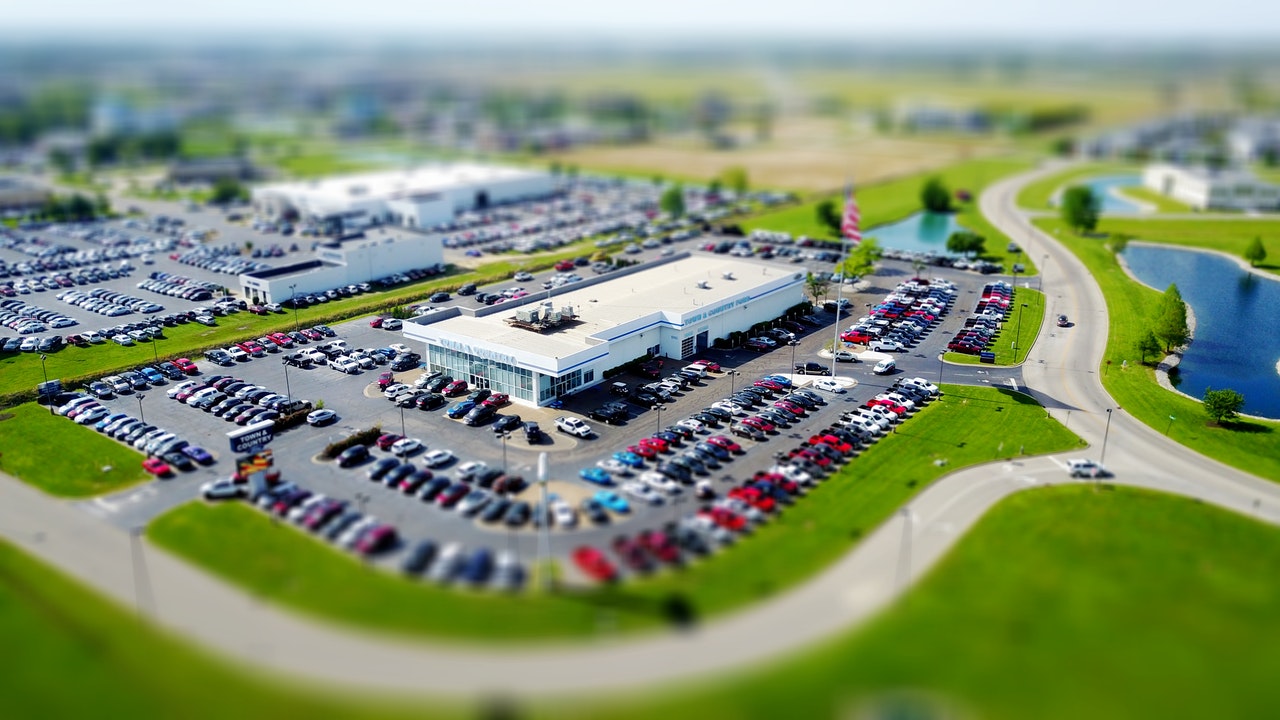Deciding between purchasing or leasing a car is a difficult choice to make.
On one hand, the idea of parting with ALL THAT MONEY to buy a car you’ll drive for maybe five years is hard to stomach. Even if you don’t buy the car outright, you’ll probably need to cough up a down payment. But, at the end of the day the car is yours to keep, and yours to sell when the time comes.
On the other hand, leasing a car can mean driving something you could never afford to buy. Most leases come with shorter terms, so you can switch to a newer vehicle every few years. But, you’ll be making monthly payments on a car that you’ll never own.
Benefits of Buying a Car
The greatest advantage that you get when purchasing a car is that you actually own it from the day you bring it home. This means that, unless you go for an auto loan, you don’t have to worry about monthly payments and can choose to sell it at any time.
Even with an auto loan, when you’ve finished paying it off, you have complete equity in the vehicle. Although initial monthly payments may be higher than leasing, from a long-term financial perspective, buying is a smarter choice.
Buying a new car also means lower insurance premiums compared to when you lease. Additionally, a newly bought car means that you can rack up as much mileage as you want with no excess fees. You can even customize the car as you see fit.
Overall, buying a car usually ends up as a cheaper option than leasing.
Financial Pitfalls of Leasing a Car
Leasing a car may sound great, it comes with a fair share of disadvantages compared to purchasing.
- By the end of the lease, you’ll likely have spent more on monthly payments and fees than you would have paid to buy the car outright.
- Just like with an auto loan, leasing loans come with longer term options. While the long terms make your monthly payments smaller, they also rack up interest payments and actually cost you a lot more over time.
- People who choose to lease one car after the other will be making monthly payments as long as they want to keep driving. Auto loans require monthly payments, too, but only until the loan is paid off. After that, the car is yours to keep until it’s no longer economical enough to maintain. Then, it can be sold.
- Most auto loan leasing contracts require you to keep within a set number of miles. Going over that limit means paying an extra mileage penalty. The cost can be as low as 10 cents to as much as 50 cents for each extra mile.
- If you decide that you don’t want the car anymore, you might be stuck paying thousands of dollars just for termination penalties and fees. These expenses will all be due at the same time.
- Although monthly lease payments tend to be cheaper than auto loan payments, you have no equity in the car at the end of the contract.
Conclusion
As you can see, buying a new car is usually more advantageous than leasing a vehicle. The overall amount you spend when purchasing a new car often ends up significantly less compared to the total you hand over when leasing — keeping in mind the value of the car you get to keep when buying.
When you’re ready to buy, we’re ready to help.
Sources:
https://www.npr.org/2019/10/31/774757867/5-tips-for-buying-a-car-the-smart-way
https://www.investopedia.com/articles/pf/05/042105.asp
https://www.investopedia.com/articles/personal-finance/012715/when-leasing-car-better-buying.asp
https://www.consumerreports.org/buying-a-car/leasing-vs-buying-a-new-car/
